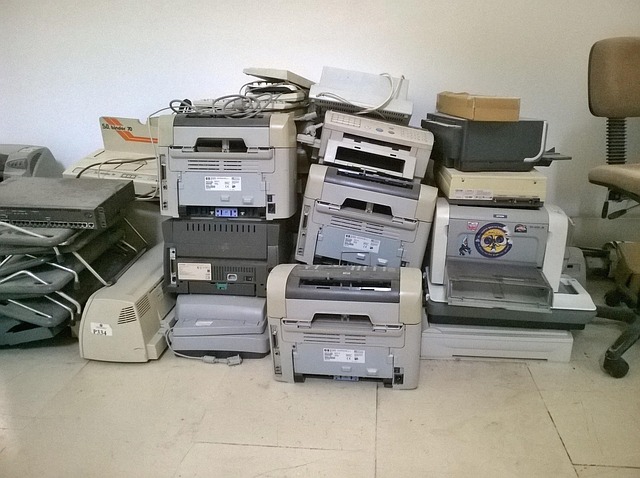Communities thrive when the environment around them supports health, connection and opportunity. Clean air, green spaces and safe infrastructure don’t just look nice – they shape the lives of the people who live there. Social equity means everyone, no matter their background or income, gets the same opportunities for growth and wellness. When neighborhoods go green they don’t just reduce pollution – they become safer, more united and more resilient. This connection between environmental health and social equity is what drives long term community development.
- Environmental Health Shapes Daily Life
Everyday surroundings affect how we live, move and feel. In neighborhoods with bad air quality residents are more likely to have asthma and heart disease. Without parks or trees families have nowhere to relax or exercise. Too much noise, limited access to fresh food, and exposure to toxins can build long-term health issues. Green environments encourage walking, cycling, and outdoor play, which improves physical and mental well-being. By improving environmental health, we make it easier for people to live whole lives. It’s not just about nature – it’s about living with dignity and balance.
- Equity Means Everyone Benefits
Too often, the benefits of environmental improvements go to wealthier neighborhoods and leave low-income areas behind. But real progress only happens when everyone benefits. Social equity means environmental upgrades reach the people who need them most – those who have historically been burdened by pollution and neglect. Residents in underserved areas deserve clean parks, better air and healthy housing just as much as anyone else. That’s why education programs like a community development masters online can help prepare future leaders to focus on both sustainability and fairness. Community growth must serve all people or it serves no one at all.
- Green Spaces Build Trust and Belonging
Parks, community gardens, and tree-lined streets do more than beautify a place—they bring people together. When neighbors spend time outdoors, they meet, talk, and form bonds. Children play side by side, parents connect, and local pride grows. Shared green spaces create natural gathering points where people feel welcome and safe. These connections help build trust among neighbors, which leads to stronger, more supportive communities. People are more likely to look out for each other, volunteer, and get involved when they feel rooted in a shared space. Green environments lay the groundwork for genuine human connection.
- Cleaner Environments Improve Public Safety
There’s a clear link between environmental conditions and crime rates. Run-down, neglected areas often attract illegal activity, while clean, well-maintained spaces deter it. When neighborhoods invest in lighting, clean streets, and community gardens, they send a message: people care about this place. That pride in the environment encourages residents to watch out for one another and stay involved. Young people with access to safe parks and recreation have fewer reasons to turn to crime. Environmental investment becomes a form of crime prevention, making streets safer and communities stronger without relying on heavy-handed enforcement.
- Climate Resilience Starts Locally
Climate change doesn’t affect all communities equally. Low-income neighborhoods often lack the resources to respond to flooding, heatwaves, or other climate risks. But when these areas build green infrastructure—like rain gardens, shade trees, and cool roofs—they gain protection. Local action makes a big difference. Planting trees reduces heat. Community gardens improve food access. Green roofs manage stormwater. These steps make neighborhoods more self-reliant and less vulnerable. Resilience begins with people working together to prepare for what’s ahead. It’s not just about surviving—it’s about adapting with strength, planning together, and ensuring that no one gets left behind.
- Affordable Housing Meets Sustainability
Affordable housing and environmental sustainability must go hand in hand. Too often, low-income housing sits in areas with high pollution and little green space. That doesn’t have to be the case. Developers can design affordable homes with energy-efficient systems, clean water access, and proximity to public transit. These upgrades lower utility bills and improve living conditions. Sustainable housing isn’t a luxury—it’s a necessity. When communities push for green building standards in affordable developments, they raise everyone’s quality of life. This approach helps families save money, breathe cleaner air, and live in safer, healthier environments without being priced out.
- Education Fuels Environmental Justice
Education is the spark that sets environmental justice ablaze. When residents truly understand the environmental issues in their own neighborhoods, they start to act. Education builds not only awareness but also leadership. That’s where community groups, schools, and local workshops come in: teaching families about water safety, clean energy, waste reduction, and climate risks. Youth programs can inspire the next generation of environmental advocates. With that knowledge, people get the tools they need to demand cleaner streets, safer parks, and stronger policies. Educated residents push back against pollution and neglect. They drive change through informed participation—and sometimes, through protest. That’s how environmental justice grows from within.
- Community Voices Shape Green Policy
Community voices are the heartbeat of any truly green policy. No one knows a neighborhood better than the people who live there. So, involving residents in planning decisions is crucial. Whether it’s deciding where to plant trees or how to design public transit, communities must have a say. Public meetings, neighborhood councils, and surveys give people the chance to influence decisions that affect their daily lives. When residents shape environmental policies, those policies are more inclusive and effective. Because when you listen to local voices, improvements reflect real needs—not just outside assumptions. A green policy starts with listening—and a willingness to be wrong.
The connection between environmental health and social equity runs deep. When neighborhoods go green, they become safer, healthier and more connected. But the real power lies in making sure all communities—regardless of income—benefit from those changes. That means focusing on inclusive development, clean infrastructure and community engagement. Green neighborhoods strengthen the social fabric. They give people the tools to shape their future. With the right policies, education and shared commitment, environmental progress becomes a path toward justice and opportunity for all. Greener neighborhoods truly do create stronger communities.




